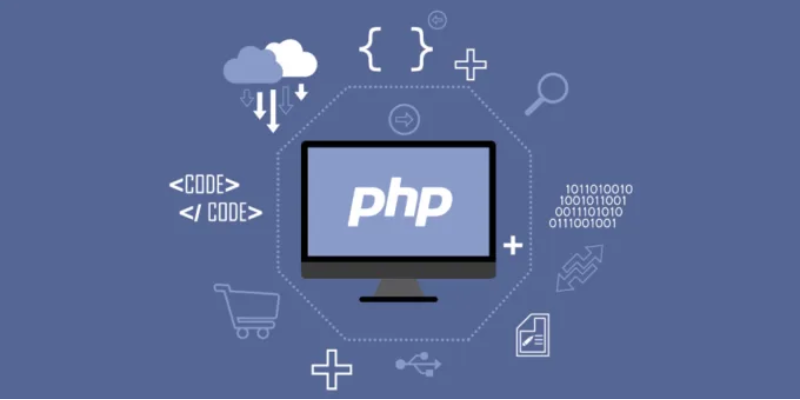How to Use PHP and MySQL for Dynamic Websites?
Many web developers require dynamic websites that interact with users, display data, and perform various functions. This is commonly performed by merging PHP with MySQL. This blog post will explore how to use PHP and MySQL to create dynamic websites, covering the basics and some advanced techniques. FITA Academy provides comprehensive PHP Training in Chennai to equip learners with practical skills and industry-relevant knowledge.
What is PHP and MySQL?
PHP is a server-side scripting language for creating dynamic web pages. It is very useful for web development because HTML code may incorporate it. MySQL, on the other hand, is a popular open-source relational database management system that works in conjunction with PHP to create powerful and dynamic websites. When used together, PHP and MySQL allow developers to create websites that can retrieve and manipulate data from a database, making them ideal for e-commerce sites, content management systems, and more.
Setting Up Your Development Environment
Before using PHP and MySQL to create dynamic websites, you must set up your development environment. This typically involves installing a web server (such as Apache), PHP, and MySQL on your local machine. Alternatively, you can use a pre-configured package like XAMPP or WAMP, which includes all the necessary components for web development. Once your environment is set up, you can begin writing PHP code and setting up your MySQL database.
Connecting PHP to MySQL
One of the first steps in using PHP and MySQL for dynamic websites is establishing a connection between the two. This involves using PHP’s built-in functions to connect to a MySQL database, send queries, and retrieve results. By establishing a connection, you can perform operations such as inserting, updating, deleting, and selecting data from your database, all within your PHP code. If you want to learn more about PHP, consider exploring PHP Courses.
Retrieving Data from a MySQL Database
After connecting PHP and MySQL, you may begin retrieving data from your database to display on your website. This might involve querying the database for specific records, fetching the results, and displaying them on your web page. Using PHP to interact with a MySQL database, you can create dynamic content that updates in real-time based on user input or other external factors.
Using PHP to Manage User Input
In addition to retrieving data from a MySQL database, PHP can also be used to manage user input on dynamic websites. This might involve processing form submissions, validating user-generated content, and securely inserting or updating data in a MySQL database. Developers can design interactive web apps using PHP and MySQL, allowing users to engage with and contribute to the website’s content.
Creating Dynamic Content
One key benefit of using PHP and MySQL for dynamic websites is the ability to create dynamic content that changes based on specific conditions or user interactions. This might involve displaying personalized content, generating reports based on database data, or dynamically updating data without manual intervention. By using PHP to interact with a MySQL database, developers can create websites that are both responsive and adaptable to user input.
PHP and MySQL are powerful tools for creating dynamic websites that interact with users, display dynamic content, and perform various functions. By using PHP to connect to and interact with a MySQL database, developers can create web applications that are responsive, interactive, and capable of handling large amounts of data. Whether you are building an e-commerce site, a content management system, or any other dynamic website, understanding how to use PHP and MySQL effectively is essential for modern web development. Enrolling in the Training Institute in Chennai can provide comprehensive learning and skill enhancement opportunities for those seeking expertise in PHP and MySQL.
